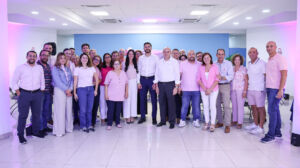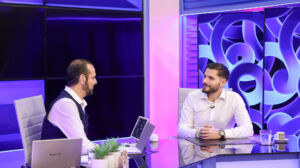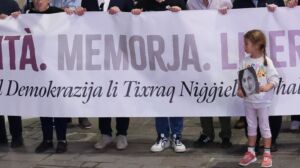Building upon the foundational influence of ancient Greek culture on modern entertainment, a key aspect of this legacy is the adaptation and reinterpretation of mythological archetypes. These archetypes—such as heroes, villains, gods, and monsters—serve as universal symbols that continue to shape storytelling across diverse media. Understanding how these archetypes evolve offers insight into both cultural continuity and innovation in contemporary narratives.
a. How ancient hero and villain archetypes are reinterpreted today
Ancient Greek hero archetypes, exemplified by figures like Hercules and Odysseus, are often reimagined in modern stories to reflect contemporary values and dilemmas. For instance, the classical hero’s traits of bravery and strength are now frequently intertwined with moral ambiguity. A prime example is Tony Stark in the Marvel Cinematic Universe, whose complex personality embodies the heroic archetype but with flaws and internal conflicts reminiscent of Greek tragic heroes.
Similarly, villain archetypes have evolved from straightforward evil figures—such as Hades or Medusa—to more nuanced antagonists like Thanos from Marvel’s Avengers. Thanos embodies a twisted sense of purpose rooted in a mythic quest for balance, echoing Greek themes of hubris and moral ambiguity. These reinterpretations allow modern audiences to engage with characters on a deeper moral and psychological level.
b. The transformation of divine characters into symbolic figures in contemporary stories
Divine figures from Greek mythology, such as Zeus or Athena, are increasingly depicted as symbolic representations of abstract concepts like power, wisdom, or chaos. In films like Clash of the Titans or in literature like Neil Gaiman’s American Gods, gods are portrayed less as literal deities and more as personifications of human ideals or societal forces.
This transformation reflects a broader trend: divine characters serve as allegories that help modern storytellers explore complex themes such as morality, authority, and chaos in ways that resonate with contemporary audiences.
c. Case studies: From Greek gods to modern mythic icons in film and literature
| Mythological Archetype | Modern Representation | Example |
|---|---|---|
| Hero | Reluctant or morally complex heroes | Katniss Everdeen in The Hunger Games |
| Villain | Antiheroes or sympathetic villains | Magneto in X-Men |
| Gods | Personifications of abstract concepts | The Force in Star Wars |
Through these examples, it becomes evident that the core mythic archetypes from Greek mythology are not static; they are continually reinterpreted to reflect evolving societal values, psychological insights, and narrative preferences. This ongoing transformation ensures that these archetypes remain relevant and compelling for modern audiences, acting as a bridge connecting ancient storytelling with contemporary media.
d. Connecting to the parent theme
For a comprehensive understanding of how Greek mythology influences modern entertainment at a foundational level, consider revisiting the article How Ancient Greek Culture Inspires Modern Entertainment. It lays the groundwork for appreciating the depth and breadth of Greek myth’s enduring legacy in shaping the stories that captivate audiences today.














